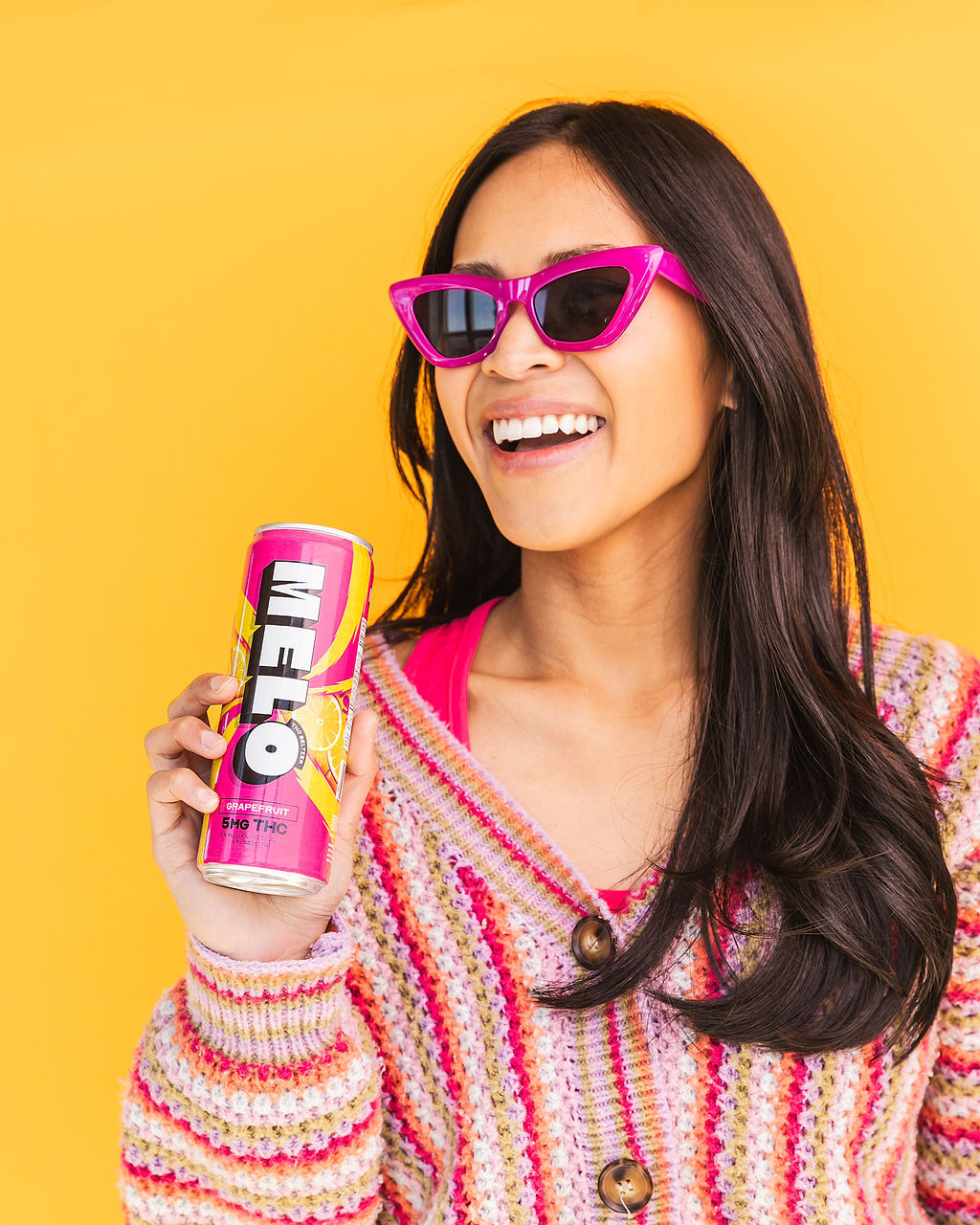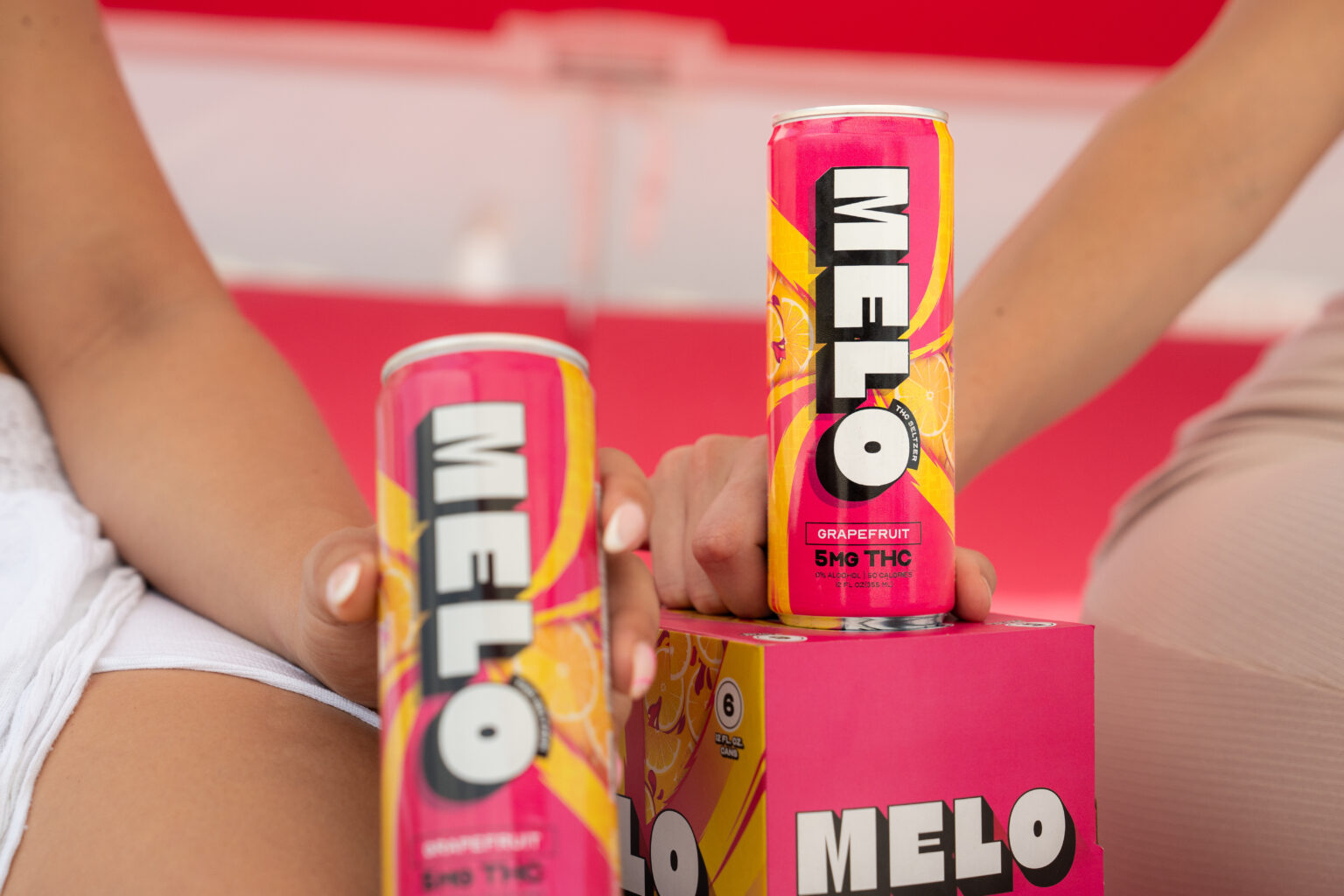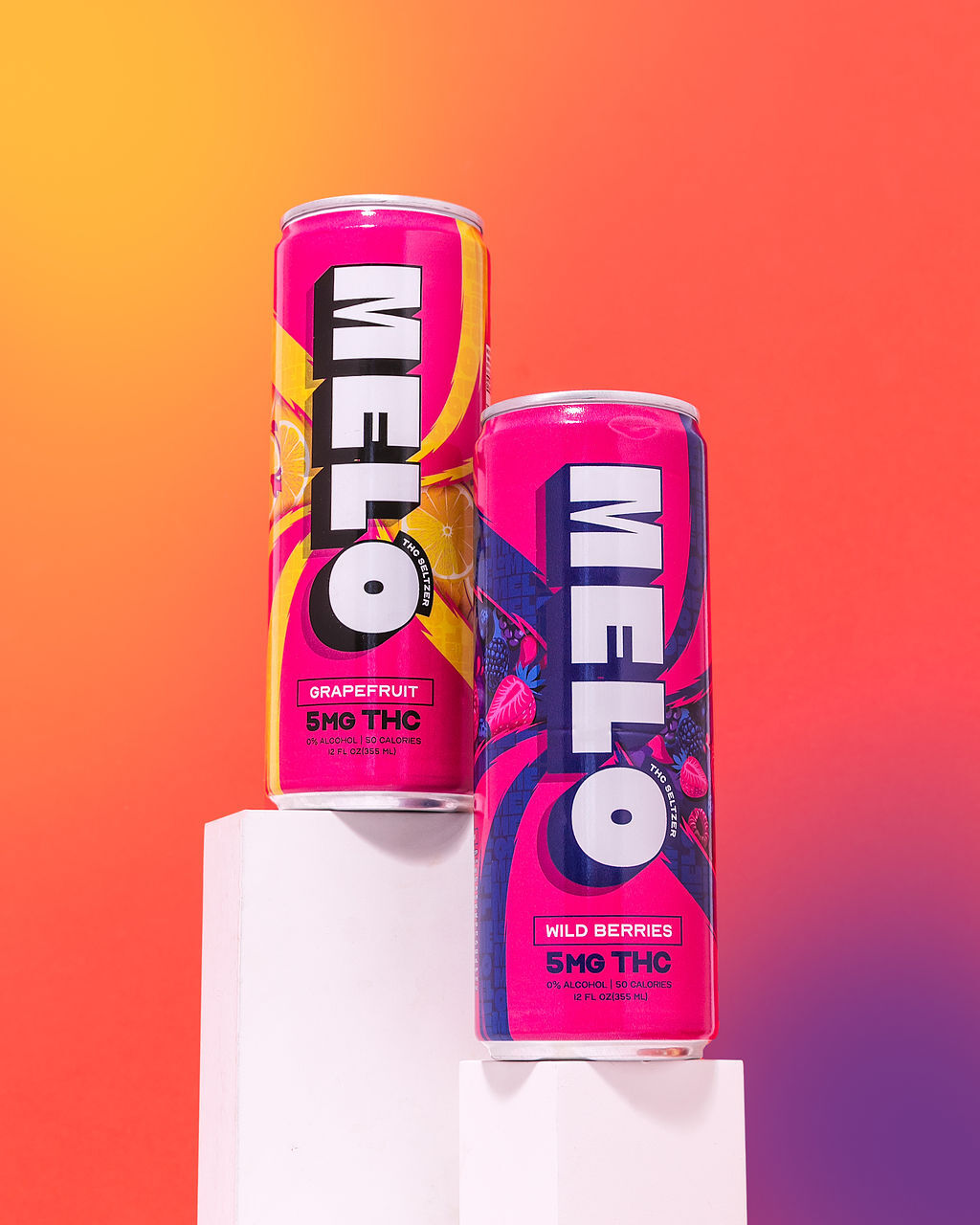How THC Drinks Compare To Edibles: Potency And Timing
Potency
Potency in cannabis products, especially when it comes to THC, can be a confusing and often misunderstood aspect for consumers. The concentration of THC, the psychoactive compound in marijuana, determines the intensity of the effects experienced. Understanding potency is crucial for navigating the world of edibles and drinks, as dosage plays a significant role in determining the duration and strength of the high.
THC Concentration

THC concentration in cannabis products is measured in milligrams (mg) per serving. Higher THC concentrations generally result in more intense psychoactive effects. When comparing edibles and drinks, it’s important to note that potency can vary widely between brands and products.
Serving Size Variability
Serving size variability further complicates matters when comparing the potency of THC edibles and drinks. A standard serving size for edibles might be a gummy or brownie, while a typical serving of a THC drink could be 10 milliliters or a can. This difference in serving sizes makes it challenging to directly compare the potency of two products based solely on their THC content per serving.
Timing
Timing is another crucial factor to consider when comparing THC edibles and drinks. Due to the different ways they are metabolized, the onset and duration of effects can vary significantly. Edibles typically take longer to kick in, often 30 minutes to an hour or more, as the body needs time to break down the food and absorb the THC. In contrast, THC drinks tend to be absorbed faster due to the direct passage into the bloodstream through the digestive system, resulting in a quicker onset of effects, usually within 15-45 minutes.
Onset of Effects
The speed at which THC takes effect also differs between edibles and drinks. Edibles often take longer, sometimes 30 minutes to an hour or even longer. This delay is because the body must digest the food containing THC before it can be absorbed into the bloodstream.
THC drinks, on the other hand, are absorbed more quickly due to their direct entry into the bloodstream. Their effects generally appear within 15 to 45 minutes.
Duration of Effects
The duration of THC’s effects also varies between edibles and drinks. Edibles tend to provide a longer-lasting high, typically lasting for several hours. This is because THC is absorbed more slowly from the digestive system and remains in the body longer.
THC drinks, while delivering a faster onset of effects, usually have a shorter duration, often lasting for a couple of hours. The quicker absorption leads to a faster peak in blood THC levels, followed by a more rapid decline.
Absorption and Metabolism
Absorption and metabolism are key factors influencing how cannabis products, particularly those containing THC (tetrahydrocannabinol), affect the body.
Factors Affecting Absorption
Absorption refers to the process by which THC enters the bloodstream. The route of administration significantly impacts absorption rates. For example, smoking or vaping delivers THC directly to the lungs, allowing for rapid absorption into the bloodstream and a quick onset of effects. Consuming edibles involves ingestion, where THC must first pass through the digestive system before being absorbed. This process is slower, leading to a delayed but longer-lasting high.
Metabolism describes how the body processes THC. The liver plays a crucial role in breaking down THC into metabolites, primarily 11-hydroxy-THC, which can be even more psychoactive than THC itself. Individual metabolic rates vary, influencing the duration and intensity of effects. Factors like age, genetics, and body mass can all affect metabolism.
Numerous factors can influence the absorption of THC. Food consumption can slow down the absorption rate of edibles because it delays gastric emptying. The fat content of food can enhance THC absorption as it is fat-soluble. Similarly, beverages with a higher alcohol content may inhibit the absorption of THC.
First-Pass Metabolism

First-pass metabolism refers to the initial processing of a substance by the liver after ingestion. When THC is consumed orally in edibles or drinks, it must first travel through the digestive system and reach the liver.
The liver metabolizes a significant portion of THC before it can enter general circulation. This process converts some THC into 11-hydroxy-THC, which has increased psychoactive potency. First-pass metabolism effectively reduces the amount of THC that reaches the brain, influencing both the onset and intensity of its effects.
Individual Variations
The way people experience the effects of cannabis, particularly THC, can vary significantly from person to person. These individual differences arise from a complex interplay of factors including body chemistry, metabolism, tolerance levels, and even psychological predispositions. Understanding these variations is essential for consumers to make informed decisions about their cannabis consumption.
Tolerance Levels
Tolerance levels play a crucial role in how individuals experience the effects of THC. Regular cannabis users tend to develop a higher tolerance, requiring larger doses to achieve the same psychoactive effects.
Conversely, those who are new to cannabis or have infrequent use will generally experience more pronounced effects at lower doses. This is because their bodies haven’t become accustomed to THC’s presence.
Metabolism Differences

Individual variations in metabolism significantly influence how the body processes THC. Some people metabolize THC quickly, leading to shorter-lasting effects, while others metabolize it slowly, resulting in longer-lasting highs. Genetic factors, body mass, and overall health can all contribute to these differences.
These metabolic variations explain why two people consuming the same dose of THC might experience vastly different effects. One person might feel a strong high for several hours, while another experiences a milder effect that fades relatively quickly.
Practical Considerations
When exploring the world of cannabis consumption, understanding the nuances of potency and timing is crucial, especially when comparing edibles and drinks. THC concentration, measured in milligrams per serving, directly influences the intensity of psychoactive effects. However, serving size inconsistencies and individual metabolic variations create complexities in direct comparisons.
Taste and Experience
Practical considerations, taste and experience all contribute to the enjoyment of cannabis products like edibles and drinks. While potency is a key factor, personal preference plays a significant role in determining which form of consumption is most appealing.
- Taste:
- Experience:
Edibles often come in various flavors and forms, from gummies and chocolates to baked goods and beverages, allowing for greater versatility and customization. THC drinks, on the other hand, are typically consumed as flavored liquids or infused into beverages like soda or tea.
The desired experience also influences choice. Edibles may be preferred for a longer-lasting, more mellow high, while drinks offer a quicker onset and shorter duration of effects.
Legality and Availability
Practical considerations such as taste and personal experience play a significant role in the choice between THC edibles and drinks.
Edibles often come in various flavors and forms, from gummies and chocolates to baked goods and beverages, allowing for greater versatility and customization. THC drinks, on the other hand, are typically consumed as flavored liquids or infused into beverages like soda or tea.
The desired experience also influences choice. Edibles may be preferred for a longer-lasting, more mellow high, while drinks offer a quicker onset and shorter duration of effects.
Legally, the availability of THC edibles and drinks varies significantly depending on location. Some regions have legalized both forms of consumption, while others may only permit edibles or restrict THC content in beverages.
In areas where cannabis is illegal, both edibles and drinks containing THC are typically prohibited.
Order THC drinks for relaxation and socializing
- Jaw Fillers For A Defined Jawline Near Horley, Surrey - May 23, 2025
- How To Transition From Pharmaceuticals To Kratom Powder Safely - May 22, 2025
- Tinkerbell Nose Tip Lift Treatment Near Ottershaw, Surrey - May 22, 2025
